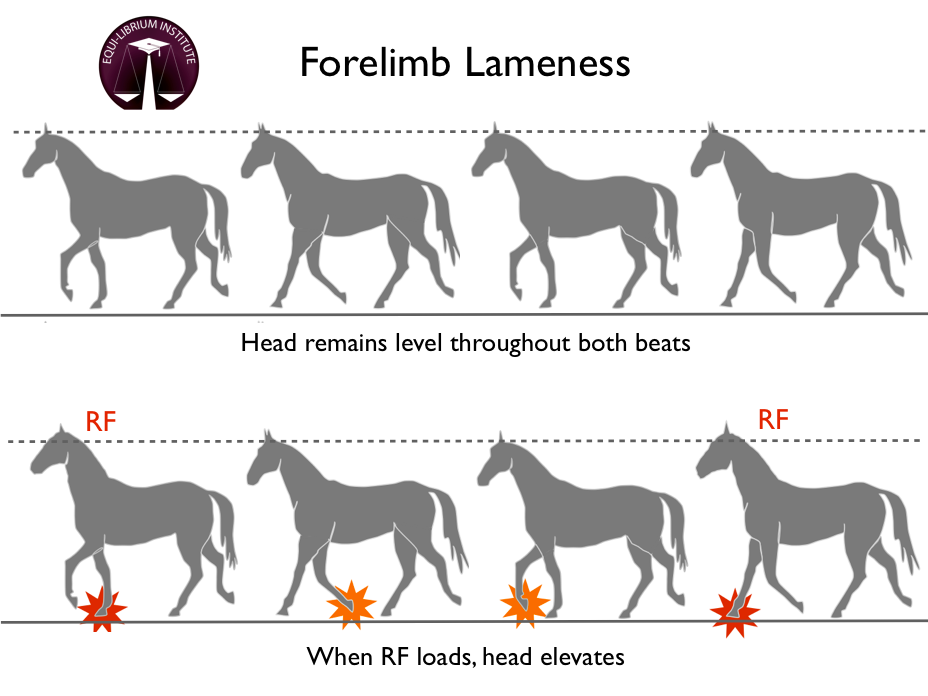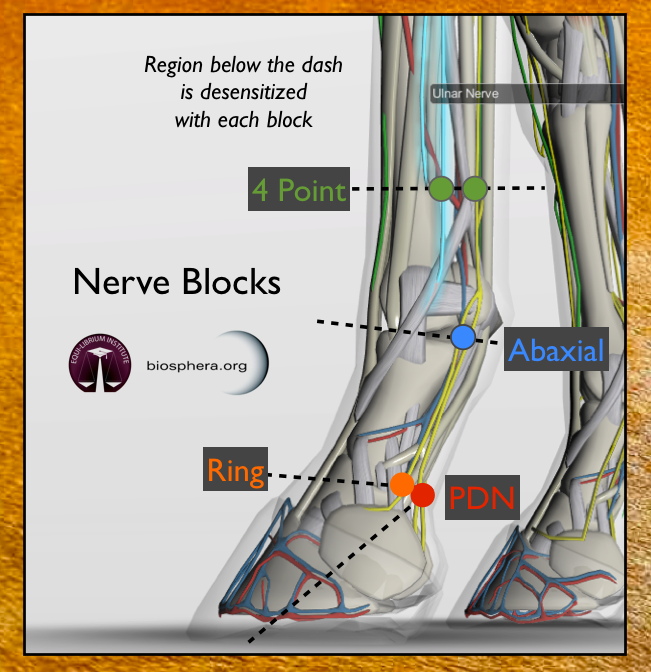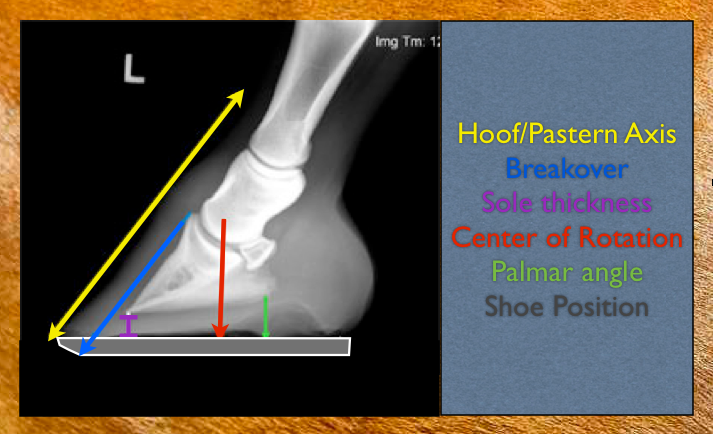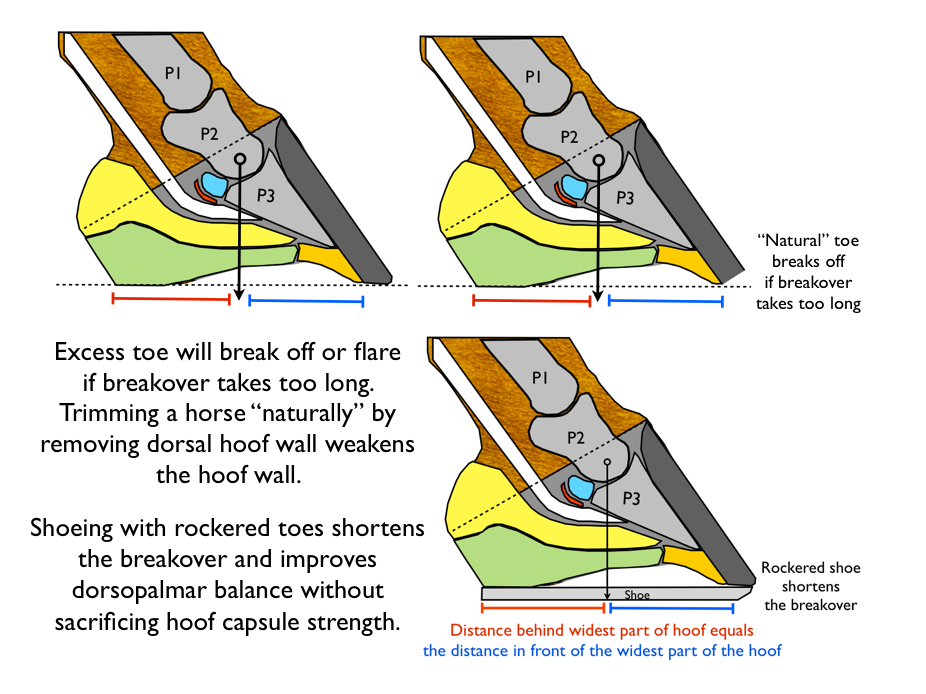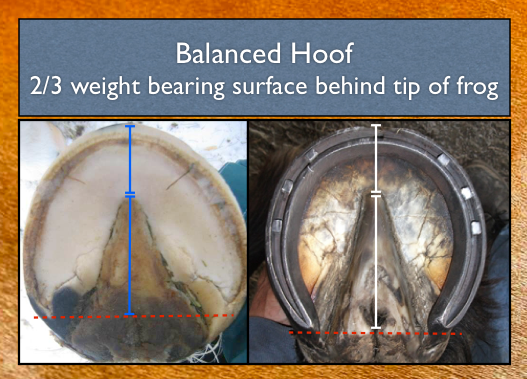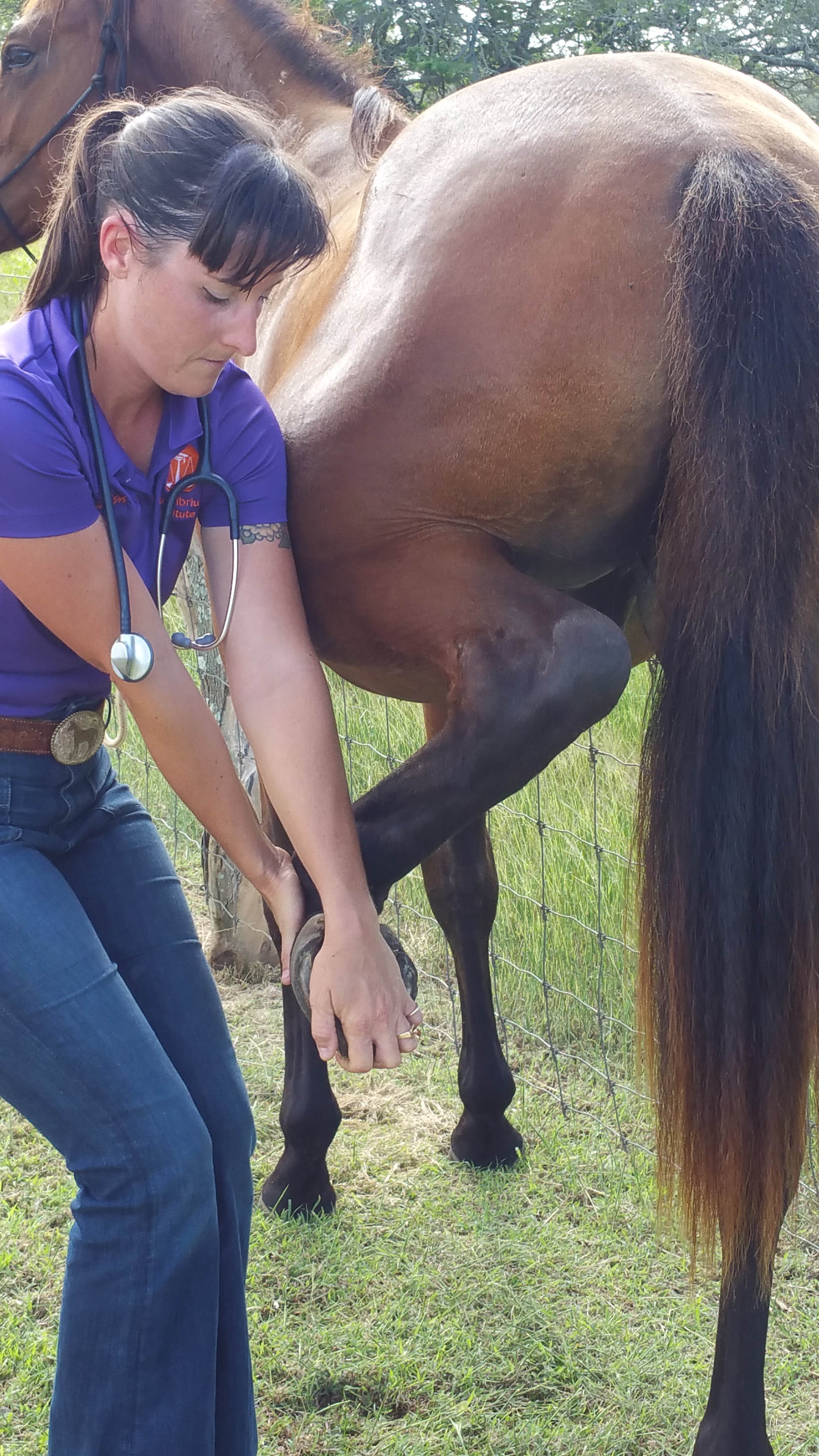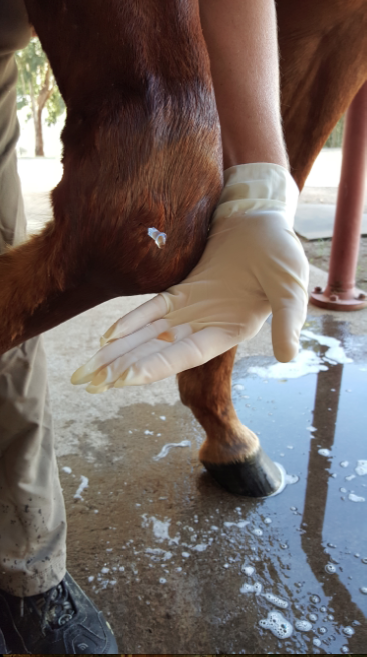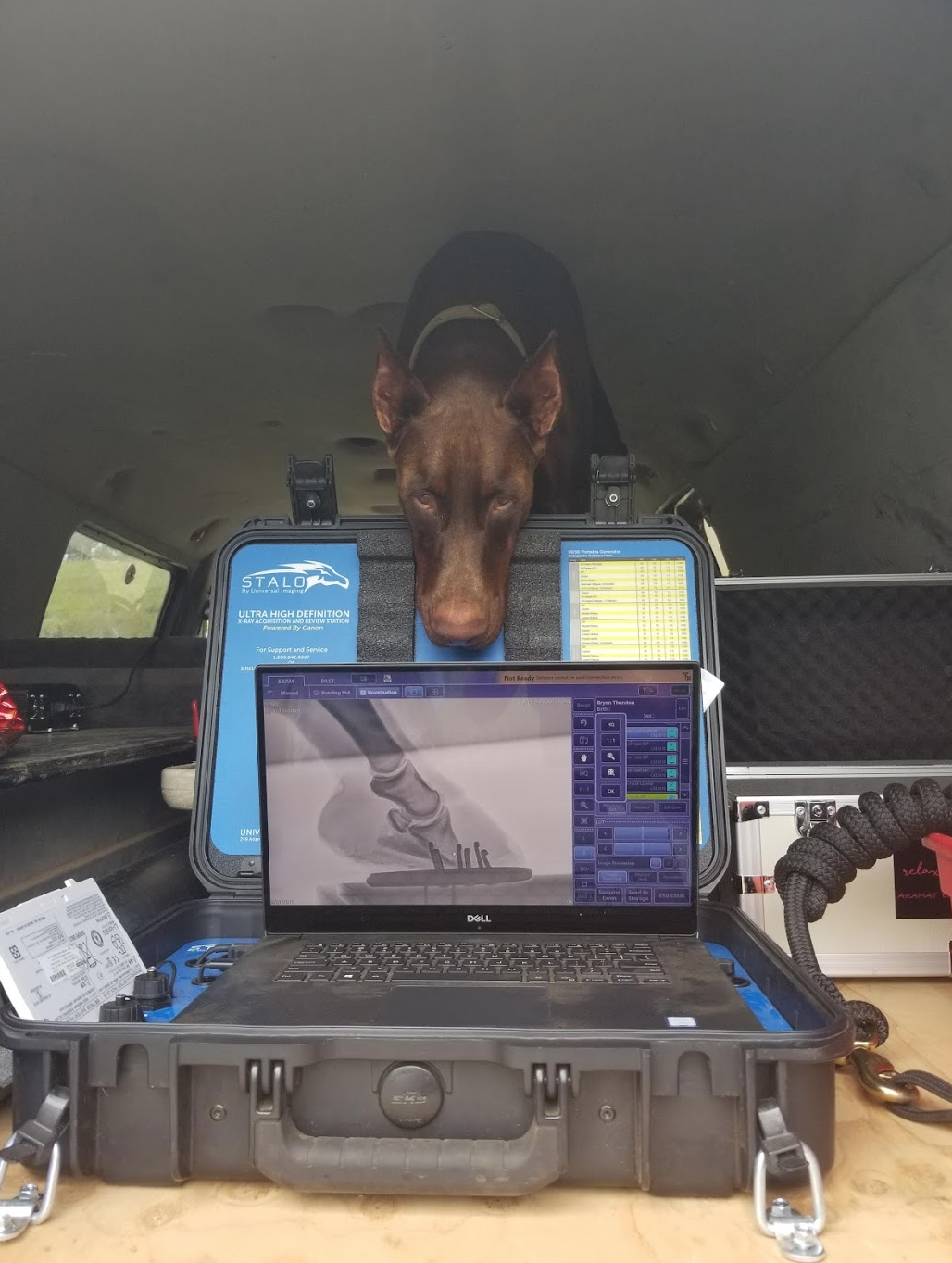Improper tack, riding, footing as well as poor genetics and conformation account for the depressing figure that less than 10% of the world’s population of horses are clinically sound - aka NOT lame. Another 10% are crippled beyond use. The remaining estimated 80% are lame but not so badly that they can’t be ridden. Chances are you are riding one of those 80% and you may not even know it!
Most lameness starts out subtle and only once the horse is very sore does the rider notice. By this time, significant damage to joints and soft tissue structures has occurred and many issues cannot be corrected. Routine musculoskeletal examination including conformation analysis and flexion tests can pinpoint these issue when they are mild and still correctable or manageable.
Appropriate footing is critical for a thorough lameness evaluation. A level firm surface will reveal certain issues, while soft deep footing might reveal others. Therefore both surfaces are needed. Once the lameness is visualized it needs to be localized to a specific limb and structure. Flexion tests temporarily stress the joints in one leg at a time to temporarily magnify an issue. Once a limb is found to have an issue, diagnostic nerve blocks localize the affected structure by numbing the leg below the site of injection. If the lameness resolves after the nerve block, then the pain is originating from below that point. Further diagnostics such as radiographs or ultrasounds may then be required. Therapeutic joint injections are useful to reduce inflammation and pain within a joint and improve joint fluid lubrication. Systemic therapies (oral, intramuscular, intravenous) may also be beneficial.
The longer an issue has been going on, the more likely there are to be secondary problems. I offer podiatry consultations with your farrier to discuss your horses's current hoof management practices and needs. I also partner with equine body workers to relieve compensatory stress from the underlying orthopedic issue. Equine massage, rolphing, acupressure/puncture and chiropractic care can be valuable adjunctive therapies.


